Have you ever wondered how machines manage to make complex decisions and predictions? The field of artificial intelligence is truly fascinating, but it often faces a significant challenge: how can we trust a model whose processes are opaque and hard to understand?
Machine learning systems are still, for the most part, black boxes that, although they can achieve good accuracy rates, are very hard to interpret, explain, or audit. The term “black box” in this context refers to models where we know the inputs and outputs but don’t easily understand what happens inside.
This lack of transparency is quite concerning, especially in critical areas where these predictions can have significant consequences, such as in health, finance, or law enforcement. In these cases, it’s crucial to understand the reasons behind a particular decision to ensure it was made fairly, ethically, and without biases. After all, certain decisions significantly impact people’s lives, and not always in a positive way.
To address this issue and help develop transparent and understandable AI models, we have explainable artificial intelligence (XAI). This field combines machine learning techniques with other areas of study and aims to develop more explainable models that allow humans to understand the system’s decision-making process.
Some machine learning algorithms already have transparent models that are interpretable on their own and provide an explanation for their predictions. And for those so-called opaque models that require additional explanation, we can use XAI approaches to achieve explainable systems. Some of these include:
- LIME (Local Interpretable Model-Agnostic Explanations): a technique that provides local explanations for predictions using surrogate models trained to approximate the outputs of a black box model and explain individual predictions.
- SHAP (SHapley Additive exPlanations): a method for explaining individual predictions that uses game theory to assign values to each feature. Its goal is to explain a specific instance’s prediction by calculating each feature’s contribution to the prediction.
- Anchor: a technique that provides comprehensible decision rules for black box models. It identifies simple logical conditions that are sufficient for a particular prediction to be true.
These are just a few of the existing techniques. To learn more about this topic and its methods, I recommend the excellent book by Christoph Molnar, Interpretable Machine Learning: A Guide for Making Black Box Models Explainable. It’s an essential read that addresses the topic of explainability in a straightforward and visual manner.
Lastly, it’s essential to note that explainable AI is a relatively new field, and a complete explanation might not always be possible, especially for very complex models. However, using these methods already offers a level of transparency and understanding that can help reduce risks and increase user trust in AI systems.




